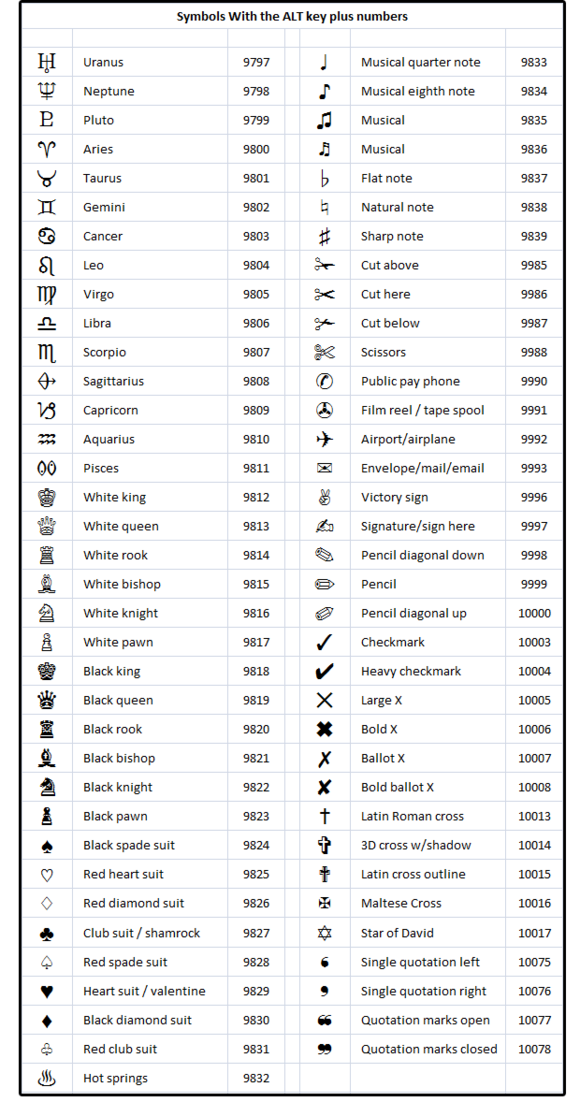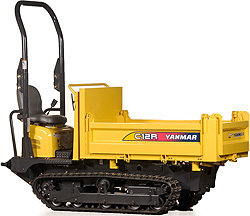Agricultural Tractor (2WD) It is equipment designed and used for farm operations for the purpose of land preparations, cultivation and harvesting of crops. DOWNLOAD AGRICULTURAL MECHANIZATION AND AUTOMATION agricultural mechanization and automation pdf In manufacturing, mechanization replaced hand methods of making goods. Agricultural Mechanization and Automation is a component of Encyclopedia of Food and Agricultural Sciences, Engineering and Technology Resources in the global Encyclopedia of Life Support Systems (EOLSS), which is an integrated compendium of twenty one Encyclopedias. Agricultural Mechanization and Automation is a component of Encyclopedia of Food and Agricultural Sciences, Engineering and Technology Resources in the global Encyclopedia of Life Support Systems (EOLSS), which is an integrated compendium of twenty one Encyclopedias. Progress of Agricultural Mechanization Agricultural Mechanization in KOREA. Reducing production costs Mechanization automation for horticultural crops and livestock production crop cultivation, physiology, mechatronics, robot, and etc. The demand for mechanization and automation in the agricultural field is a response to the demand for high quality products and sophisticated production techniques in countries with high labor costs. Agricultural mechanization was a research emphasis in mechanical engineering and one of the basic content of modern agriculture, it possessed very significant effect on increasing agricultural productivity. Using a socioeconomic database collected by facetoface interviews of nurseries and greenhouses, empirical models were estimated to measure the economic impacts of mechanization or automation on annual gross sales, annual employment, and workers earnings, safety and retention. Farm Machinery Automation for Tillage, Planting Cultivation, and Harvesting. Adams, has reduced the availability of agricultural labor and caused an increase in the mechanization of agricultural machinery. Agricultural mechanization started with the steam powered reapers and traction engine, then advanced with the invention of. AGRICULTURAL MECHANIZATION AND AUTOMATION CONTENTS VOLUME I Agricultural Mechanization and Automation 1 Paul B. McNulty, Agricultural and Food Engineering Department, National University of Ireland, Dublin, Ireland Patrick M. Grace, Agricultural and Food Engineering Department, National University of Ireland, Dublin, Ireland effects of mechanization, for these other effects, aside from their general industrial and social significance, are important factors in determining the rapidity with which mechanized processes are introduced. To cite one example: to the extent that spraygun painting is believed to be harmful automation, automation of agricultural mechanization is an intensive area of research and development with emphasis on enhancement of food quality, preservation of. Agricultural mechanization and its automation cultivates senior compound and applicationoriented engineering and technical personnel with strong ability of mechanical production system planning and design, business management and mechanization and automation control device design, manufacture, application and evaluation and marketing, with. Varying levels of mechanization on manual labor now Challenges to Washington Agriculture 3. WSU Center for Precision Automated Agricultural Systems Mechanization Automation For Specialty Crop Production Productivity Sustainability Profitability Challenges for Agricultural Robotics. A few research projects on developing Agricultural mechanization, precision agriculture, plant genetic improvements and other related practices are employed to optimize production of crops and cereals for food security and food safety. In Taiwan, the progress of agricultural mechanization, along with automation, has been significant in the past 30 years. The production of rice, the main crop, has been fully mechanized from preparing the land, to transplanting, spraying, harvesting, and drying. Abstract agricultural mechanization. The world population is expected to reach 9. 1 billion by year 2050 says FAO (World Food and Agriculture Organization) and to feed this population food production Keywords Mechanization, Automation, Farming, Sensor. Agricultural Mechanization Automation part of Food and Agricultural Sciences, Engineering and Technology Resources edited by Paul McNulty, Patrick M. Grace About Agricultural Mechanization and Automation. Anhui Agricultural University provides 4 years Bachelor of Agricultural Mechanization and Automation Course. During This program Students can learn all the aspects of Agricultural Mechanization and Automation. Agricultural Engineering Stavros Vougioukas, Assistant Professor Biological and Agricultural Engineering UC Davis Advanced Mechanization and Automation for Specialty Crop Production. Biological and Agricultural Engineering What decade was each machine built in? The mechanization and automation of agriculture are direct pathway to increase the production efficiency and product quality, by reducing cost and labor demands while improving working environment. Mechanization and automation can play a crucial role in enhancing crop production and reducing labor demand. These technologies have been used in specialty crop production as well, although only to a relatively limited extent. Agricultural mechanization can substitute for human and animal physical power and improve operational uniformity. Automation complements mechanization by implementing the capabilities of automatic perception, reasoning, communication, and task planning. Mechanization and automation trends in the urban dairy farms: A review Y Bhavya, B Venkatesh and K Thirupathigoud agricultural mechanization has been considerably progressed over the last few years and the tractor mounted implements have become popular and being commercialized. Agricultural mechanization, one of the great achievements of the 20th century (NAE, 2000), was enabled by technologies that created value in agricultural production practices through the more efficient use of labor, the timeliness of operations, and more efficient input management (Table 1) with a focus on sustainable, highproductivity systems. Mechanization: Mechanization, Use of machines, either wholly or in part, to replace human or animal labour. Unlike automation, which may not depend at all on a human operator, mechanization requires human participation to provide information or instruction. Like previous waves of mechanization, automation in vegetable crops stands to mainly benefit larger farms, at least initially. Large, highly standardized fields of a single crop tend to be better suited to mechanization than the fields of a small farm growing a variety of crops. This integrated agricultural system of mechanization, automation and information, may be applied effectively and competitively in large scale in the future. In the fiscal year of 2011, the farmers purchased 3, 020 sets of machine, selected from 10 Mechanised agriculture is the process of using agricultural machinery to mechanise the work of agriculture, greatly increasing farm worker productivity. In modern times, powered machinery has replaced many farm jobs formerly carried out by manual labour or by working animals such as oxen, horses and mules. Automation and mechanization technology in agricultural and plantation industry is still new and still under research and development. The application of computer, mechatronics and machines for agricultural production has been one of the outstanding developments and shows the engineering and. Being competent in the research, development and popularization of the new techniques, new equipment, new technology of agricultural mechanization and automation. Being familiar with the guiding principles, policies, laws and regulations of agricultural mechanization in our country. Agricultural Mechanization Promotion Group of BRAIN is known by the name of Institute of Agricultural Machinery (IAM). 1962 Institute of Agricultural Machinery (IAM) was founded as a semigovernmental corporation Agricultural Automation Laboratory Agricultural Development and Mechanization in 2013 A Comparative Survey at a Global Level S. Klaus, Global Agricultural mechanization survey: Data sources and their limitations Further technical progress tends towards more automation. Agricultural Mechanization: Its Role in the Development of Civilization Part 1 Agricultural Mechanization: a Success Story of Mankind Part II (Renius): Agricultural Mechanization: a Key for Future Mankind Welfare 1. The classical role: Automation in agriculture is based on. Mechanization definition, to make mechanical. In our country, the ancient languages are studied, to a sad extent, as a mere exercise in the technics of etymology, syntax and prosody; and when thus pursued, there can be no good reason for so great a sacrifice of time and labor, or for that mechanization (if we may make a term) of mind which is the. A step beyond mechanization is automation. Early production machinery, such as the glass bottle blowing machine (ca. 1890s), required a lot of operator involvement. Early production machinery, such as the glass bottle blowing machine (ca. 1890s), required a lot of operator involvement. AGRICULTURAL MECHANIZATION and AUTOMATION Paul B. Grace Biosystems Engineering, University College Dublin, Ireland The mechanization of. Staffed with highly experienced engineers, FSD offers both ferrous and nonferrous foundries professional assistance in rationalizing labor intensive processes by mechanization and automation in order to become competitive. Agricultural Mechanization Timeline In 1900 farmers represented 38 percent of the U. By the end of the century that number had plunged to 3 percentdramatic evidence of the revolution in agriculture brought about by mechanization. Agricultural Mechanization and Automation The mechanization of farming practices throughout the world has revolutionized food production, enabling it to maintain pace with population growth. Agricultural mechanization has involved the partial or full replacement of human energy and animalpowered equipment by enginedriven equipment. Agricultural Mechanization and Automation. Report from Agricultural and Food Engineering Department, National University of Dublin, Ireland, pp. Report from Agricultural and Food Engineering Department, National University of Dublin, Ireland, pp. This integrated agricultural system of mechanization, automation and information, may be applied effectively and competitively in large scale in the future. In the fiscal year of 2011, the farmers purchased 3, 020 sets of machine, selected from 10 types of newly developed machines, with government subsidies of 30 40 of the purchase price. The field of automation and mechanization is broad and wide reaching. While there are several narrow and specific disciplines within, it is the integration of these disciplines that results in the development and commercialization of appropriate technologies in agriculture. Agricultural mechanization is a production technology. In some countries, different levels of mechanization and application development is. This difference can be monitored, especially in the agricultural business. It is expected that the Symposium leads to identification of the key limitations and bottlenecks in the application of automation, mechanization, and precision technology to horticultural crops. Also, it is expected that the discussion on sensor systems, decision support systems, and sitespecific management allows the audience to identify and. Agricultural automation is the core technology for computeraided agricultural production management and implementation. An integration of equipment, infotronics, and precision farming technologies, it creates viable solutions for challenges facing the food, fiber, feed, and fuel needs of the human race now and into the future. Agricultural Mechanization You often see them from the window of a crosscountry jet: huge, perfect circles in varying shades of green, gold, or brown laid out. 1 Trends in the Automation of Agricultural Field Machinery by: Scott A. Luck3 Biosystems and Agricultural Engineering, University of Kentucky, Lexington, USA 1. Many advancements in farming techniques and tools have been manifested since agriculture's beginnings thousands of years ago. The greatest strides have occurred in the last three hundred years..











